
Monona County is a county located in the U.S. state of Iowa. As of the 2020 census, the population was 8,751. The county seat is Onawa.
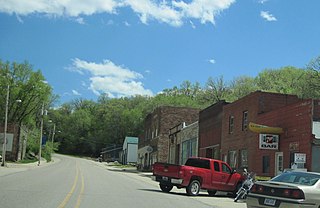
Linn Grove is a city in Buena Vista County, Iowa, United States. The population was 163 at the time of the 2020 census. The nearby Chan-Ya-Ta Site contains the remains of a 1000-year-old prehistoric village, and is on the National Register of Historic Places.
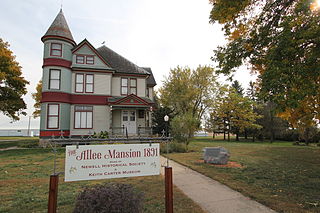
Newell is a city in Buena Vista County, Iowa, United States. The population was 906 according to the 2020 census.

Rembrandt is a city in Buena Vista County, Iowa, United States. The population was 209 at the time of the 2020 census.
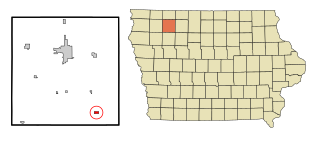
Webb is a city in Clay County, Iowa, United States. The population was 138 in the 2020 census, a decline from 165 in 2000.

Monona is a city in Clayton County, Iowa, United States. The population was 1,471 at the time of the 2020 census.

Spirit Lake is a city in Dickinson County, Iowa, United States. The population was 5,439 at the 2020 census. It is the county seat of Dickinson County.

Little Sioux is a city in Harrison County, Iowa, United States. The population was 166 at the time of the 2020 census. The city is most known for Little Sioux Scout Ranch of the Boy Scouts of America.
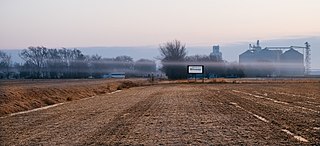
Blencoe is a city in Monona County, Iowa, United States. The population was 233 at the 2020 census.

Castana is a city in Monona County, Iowa, United States. The population was 107 at the time of the 2020 census.

Moorhead is a city in Monona County, Iowa, United States. Moorhead stands along the Soldier River. The population was 199 at the time of the 2020 census.

Soldier is a city in Monona County, Iowa, United States, along the Soldier River. The population was 184 at the time of the 2020 census.

Turin is a city in Monona County, Iowa, United States. The population was 72 at the time of the 2020 census.

Whiting is a city in Monona County, Iowa, United States. The population was 745 at the time of the 2020 census.

Ashton is a city in Osceola County, Iowa, United States. The population was 436 at the 2020 census.

Chatsworth is a city in Sioux County, Iowa, United States. The population was 75 at the 2020 census.

Correctionville is a city in Woodbury County, Iowa, United States. It is part of the Sioux City, IA–NE–SD Metropolitan Statistical Area. The population was 766 at the time of the 2020 census. The town name comes from the original survey of the town. Correctionville has been noted for its unusual place name. It is supposedly the longest single-word place name in the state of Iowa.

Lawton is a city in Woodbury County, Iowa, Iowa, United States. It is part of the Sioux City metropolitan area. The population was 943 at the time of the 2020 census.

Oto is a city in Woodbury County, Iowa, United States. It is part of the Sioux City, IA–NE–SD Metropolitan Statistical Area. The population was 72 at the time of the 2020 census.
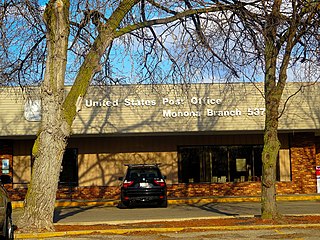
Monona is a city in Dane County, Wisconsin, United States. A suburb of the state capital, Madison, the city lies on the southeastern shore of Lake Monona, from which the city gets its name. The population was 8,624 at the 2020 census.























